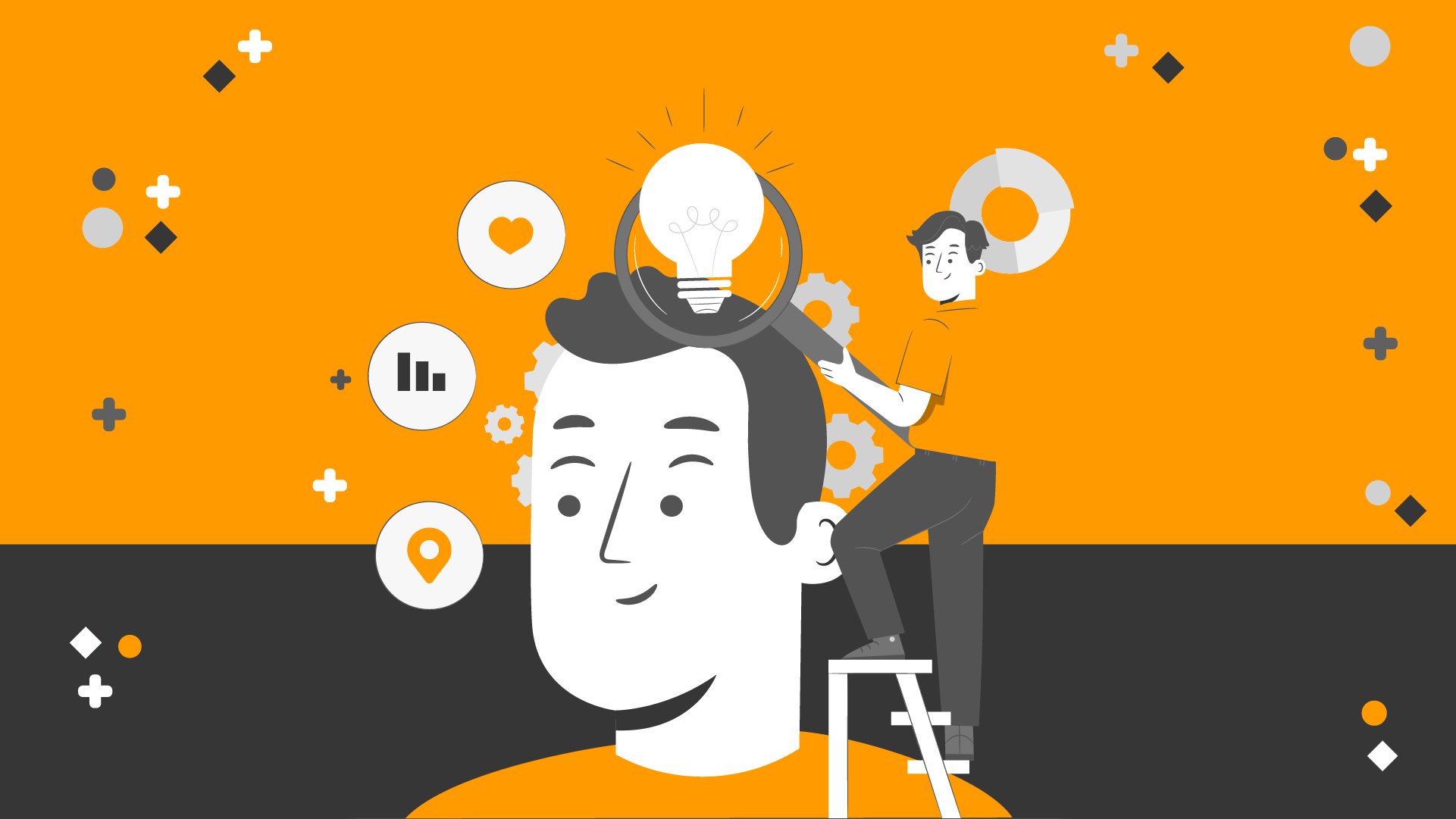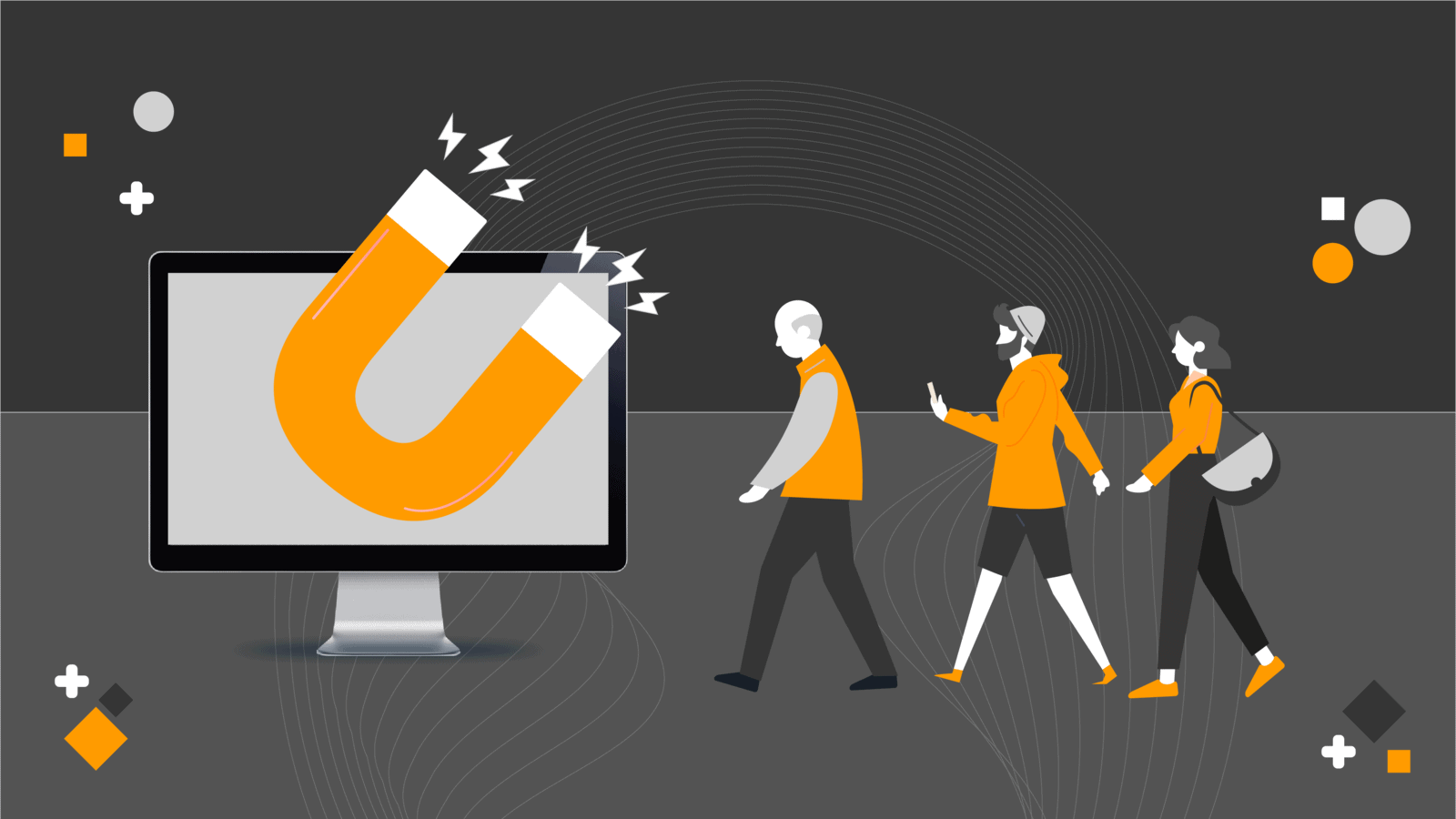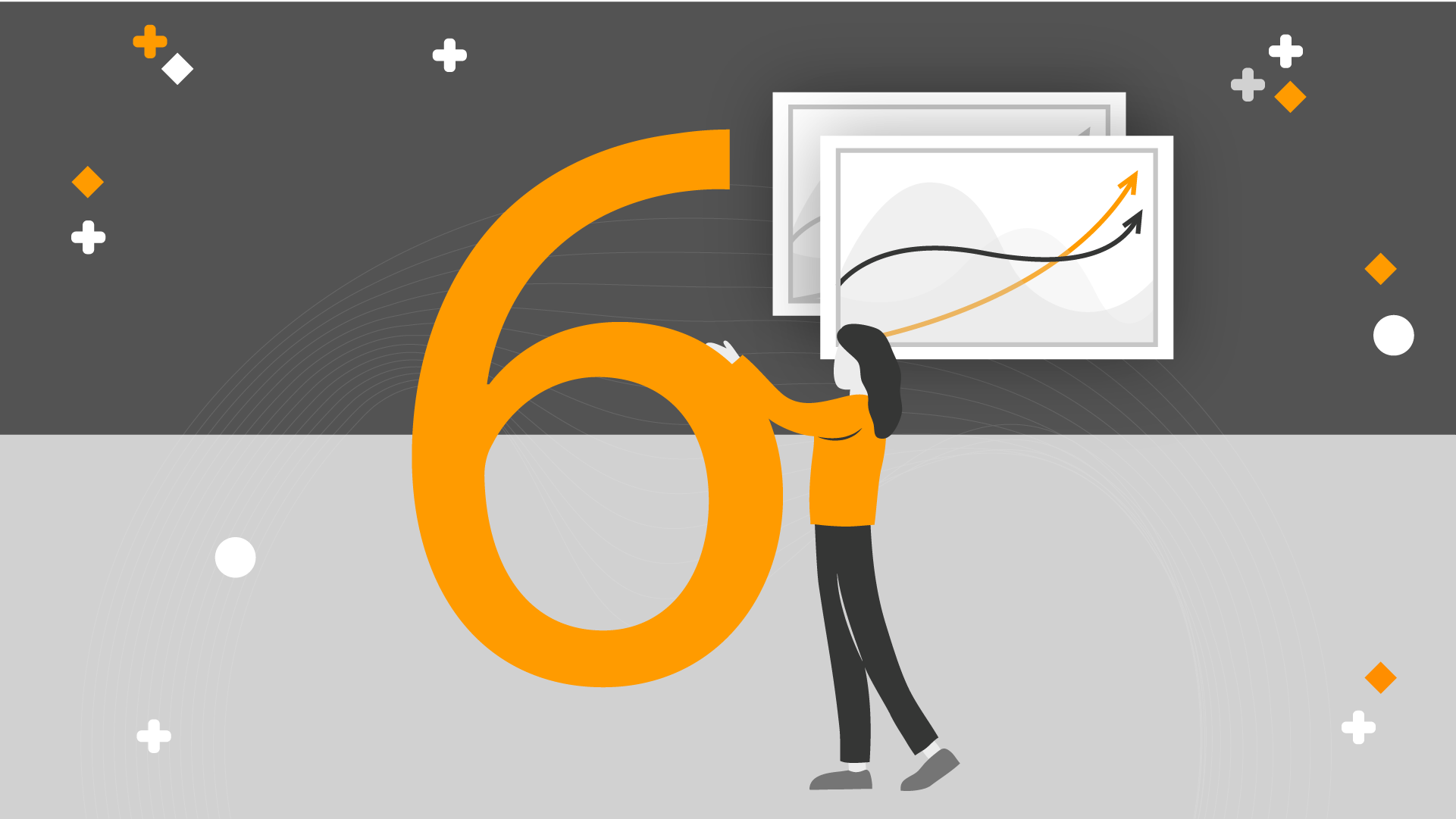Designing for the Mind: How to Use Neuroscience Design to Make Presentations Memorable

A lot of presentations feel like they were designed to test how long you can fake paying attention.
Too much text, too little purpose. And you walk out remembering… practically nothing.
But some presentations are different. You find yourself quoting them days later. Sharing a line with a friend or catching yourself thinking about the story they told.
And that’s not good luck. That’s science.
Specifically, neuroscience: the study of how our brains actually take in, process, and remember information, and how people respond to presentations on a biological and neurological level.
Let’s get into it. (And no, you don’t need a lab coat.)
We’ll show you a few tricks for memorable presentations that work with your brain and not against it.
Here’s what we’ll cover:
1. Prime the Brain with a Powerful First Impression
First things first (pun intended).
Our brains are wired to remember beginnings. It’s a cognitive quirk known as the primacy effect: which means we’re way more likely to remember the first thing we hear than whatever comes next. (Sorry, slide 29.)
A classical memory study from the 1960s proved that words presented at the start of the lists were remembered significantly more often than those in the middle. This is how our memory works: it favours first impressions and the way information is presented can strongly influence what is remembered. The brain’s ability to prioritise and retain information presented at the beginning is a key factor in this effect.
It’s the trouble with shopping lists, too. Have you ever found yourself in a grocery store aisle, holding ice cream, toilet paper and definitely not recalling what the third thing on the list was?
Or when you stopped by at a party, your friend introduced you to multiple people, but you can only recall the name of the first one?
That’s the primacy effect in action.
And that applies to presentations, too. You have a short window, roughly 15 seconds to 2 minutes, to spark interest and plant a lasting idea.
What you say here sets the tone, not just emotionally but neurologically. The brain takes those opening moments and files them away as an anchor for everything that follows.
So, it may be best to skip the “Hi, I’m John, and today we’ll walk through Q4 metrics” and try something they’re more likely to care about. Ask a bold question. Tell a surprising stat. Drop a mini cliffhanger. Bonus points if it makes them chuckle or raise an eyebrow.
Open with something that makes your audience feel something, and they’ll start paying attention before you even ask them to.
2. Tap into Emotion to Make It Stick
If there’s one thing neuroscientists agree on at this point, it’s this: we feel before we think. According to researcher Antonio Damasio and his famous work “Descartes’ Error”, emotions play a starring role in decision-making, and logic often just comes in later to justify the choice.
We can hear you say, “Well, that makes sense”, looking at the wildly impractical kitchen gadget you bought on a trip because the seller made you feel like the greatest chef in Chopped.
Feelings are deeply involved in memory formation, helping us remember experiences that are emotionally charged. Here’s why that happens: when an emotion is triggered, it sends a powerful signal to the brain: pay attention, this matters. It tags that information as meaningful hence making it easier to recall later.
So instead of jumping straight into charts and bullet points, start with something your audience can feel. A real story from a customer. A common frustration they’ve definitely mumbled about in the hallway. A visual that makes them smile or pause for a second.
Because when the brain feels, it listens. And better yet, it remembers.
3. Design for the Mind
Good design isn’t just about making things decorative. It’s about making things easy for the brain to process.
Neuroscience tells us that our brains crave order. We’re wired to notice patterns, group related things, and tune out clutter. That’s why great design often feels effortless because it follows the rules your brain already loves.
Your brain instinctively scans from largest to smallest, boldest to faintest, left to right. The form and function of each element on a slide play a crucial role in guiding attention and reducing cognitive load. When a slide follows the visual hierarchy logic, people just “get it.” When it doesn’t, they squint, they stall, and they forget what you were saying because they’re too busy trying to find the point.
Other studies show that colour can increase comprehension by up to 73% and boost memory by more than 39%. But only if it’s used with intention. Too many colours? That’s noise. Too little contrast? That’s confusion. But the right pop of red on the key number? That triggers dopamine.
This is exactly why when unveiling new products, Apple never lists 12 technical specs.
They put up: “Up to 20 hours battery life.” White background. Bold black text. Maybe a single icon. That’s it.
It works wonders because the design follows how your brain likes to scan: fast, left to right, simple focal points. The colour contrast (black on white) makes the message stick, and the white space gives your brain room to breathe.
The result? People remember one thing, and that’s exactly the purpose.
So yes, fonts and layouts matter. Because the layout and design elements contribute to the overall efficiency of information processing, guiding the brain where it needs to go and letting it rest when it doesn’t.
Designers use these principles (balancing form, function, and efficiency) to create presentations that are both effective and memorable.
4. Give Your Brain a Break: Minimize the Mental Clutter
Even though our current business culture tries to convince us otherwise, our brains aren’t great at multitasking. Especially when it’s trying to listen, read, analyse a chart, and decode a vague headline… all in five seconds. That’s where cognitive load theory comes in.
Your working memory (think of it like the brain’s mental “scratchpad”) can only hold so much at once. If you pile too much on, it tunes out faster than your colleague during a Monday morning Zoom at 9.00 am.
This is backed by decades of research in cognitive psychology. John Sweller, the scientist behind cognitive load theory, showed that overloading working memory disrupts understanding and recall. Especially when information is dense, poorly organised, or just… too much.
Effective presentation design supports the brain’s ability to process information by reducing unnecessary complexity and helping users focus on what matters.
So if you want to be memorable while presenting, make it easy for the brain to remember you.
Think of it like ordering food. When you walk into a diner with a laminated 20-page menu with no pictures, your brain panics. But a place with just three mouthwatering dishes? You know exactly which one you want. Simplifying content in this way supports users by making it easier for them to focus and retain information.
The same logic applies to presentation design. Stick to one idea per slide. Use clear headings. Create breathing room for visuals.
5. Add Surprise to Trigger Dopamine
Our brains love patterns… until they don’t.
As part of our survival mechanism, we’re wired to tune out repetition. But when you throw in something unexpected? That’s when the brain sits up. Literally.
Studies show that surprise activates the brain’s reward system, releasing dopamine, which not only feels good but also locks in attention and improves memory. The psychological gain from these unexpected elements in presentations can motivate your audience and enhance their engagement.
In presentations, that moment of surprise can be a turning point.
Let’s say you are on slide 12. Your audience’s attention is slipping. But then you pause and drop this:
“Last year, people spent more time on TikTok than sleeping.”
That one sentence just bought you two more minutes of attention. Maybe more.
And no, you don’t have to be gimmicky, plain old unpredictable is just fine.
A chart that compares your user growth to Taylor Swift ticket demand. A stat that flips expectations. Even a seemingly irrelevant photo or a meme that breaks the corporate mold.
The element of surprise tells the brain: “Hey, something is going on. Might want to pay attention.”
And just like that, you’ve got their attention, and their brain just got a dopamine rush, as if they found an extra cookie at the bottom of the jar. By incorporating surprise, you can achieve greater engagement and memorability with your audience.
6. Your Last Slide Is the Takeaway, Not the Summary
“The best presentations don’t end where they end. They echo.”
That’s how we would be wrapping up our own presentation.
Because –despite what we were all taught at school- the final moments of a presentation are not for “wrapping up” or summarising everything you talked about during the presentation.
They’re for making sure your message lingers with your audience, even after you leave the room.
In neuroscience it’s called the recency effect: just like the firsts, we’re also wired to remember the last thing we hear. But memory alone isn’t enough. If you want your idea to stick, your ending needs to mean something.
So don’t end with “Thanks for listening.” End with a line that reframes (not repeats) the entire presentation. A punchline with purpose. Something that clicks into place, like: “Oh, I see. That’s what they were getting at.”
Here’s how great presenters do it:
- They loop back to the opening story, now with new meaning.
- They challenge the audience with a simple truth: “What will you do differently tomorrow?”
- They plant a flag: one bold sentence, confident enough to stand alone.
Think of all the great TV series you binge-watched. (We thought about giving an example from The Last of Us but we are too kind to spoil it, so you’re welcome.) They always save the surprise or climax for the last scene to keep you craving more. And that’s exactly what you remember to talk about the next day during lunch.
Make It Easy to Remember, Hard to Forget
At the end of the day, presentations aren’t really about words on slides. They’re about connection. They’re about making people care enough to listen and remember.
If there’s one thing to take away, it’s this: our brains don’t process information randomly. There’s a system, and now we hope you’ve got a few tools to work with it.
A bit of science, a bit of storytelling, and a lot of empathy. When you understand how the brain works; what grabs attention, what triggers emotion, what sticks, you’re no longer guessing.
Mix that with a genuine connection, a moment of shared laughter, a pause that lands just right, a story that makes someone lean in: and you’ve got more than a deck. You’ve got a message that stays with people, occupying some of that mental space where memories and emotions linger.
And if you ever need a hand while crafting a message that stays with people, let’s have a chat.




